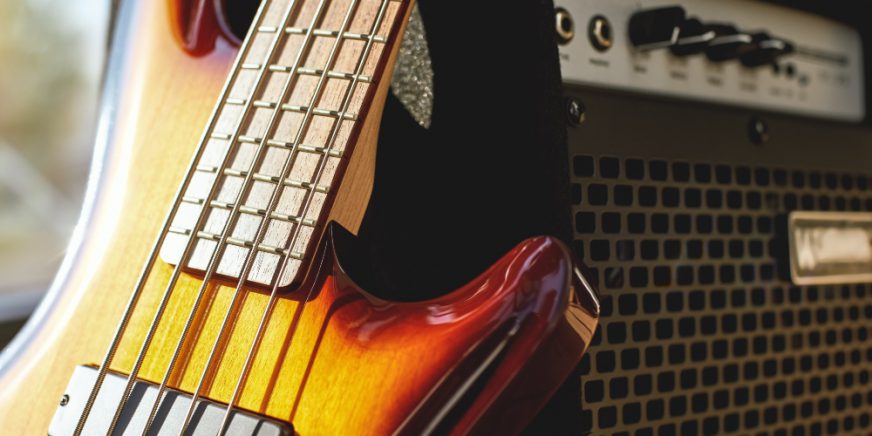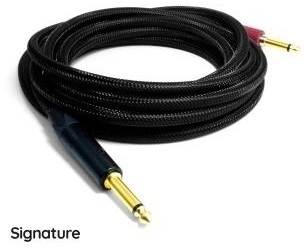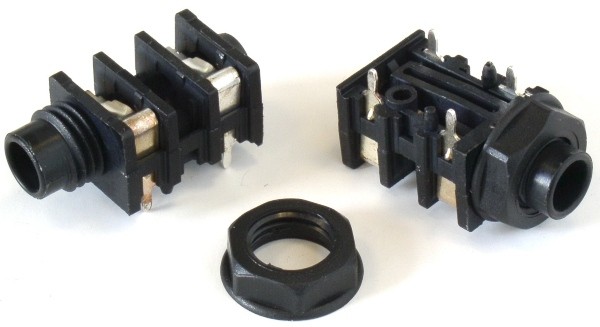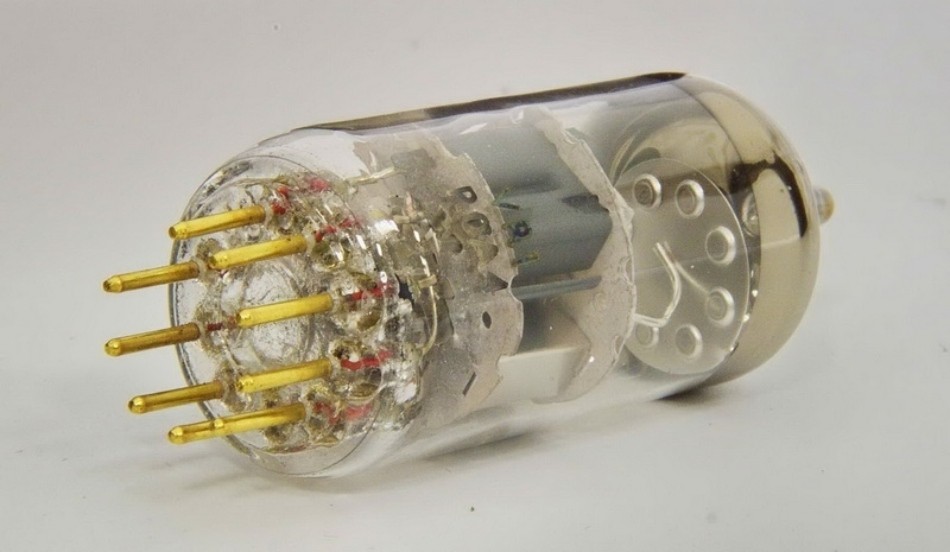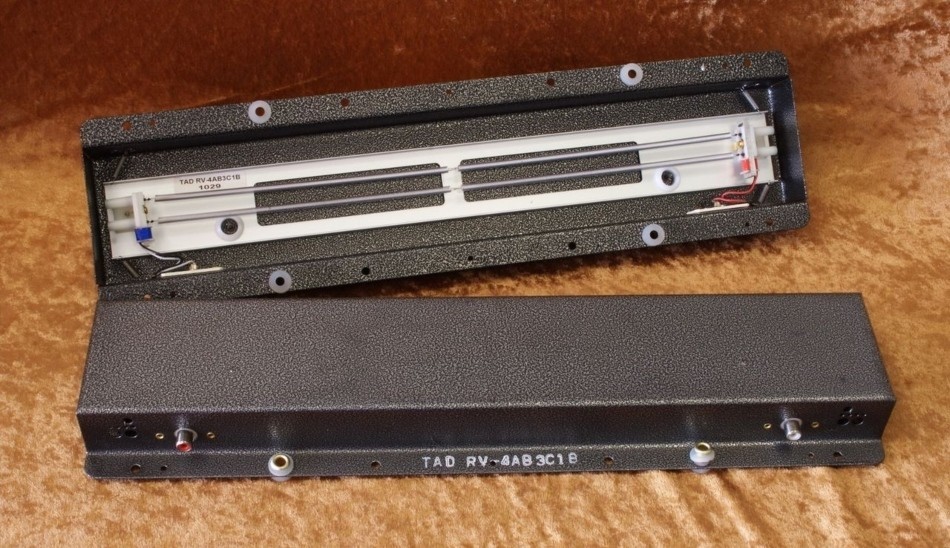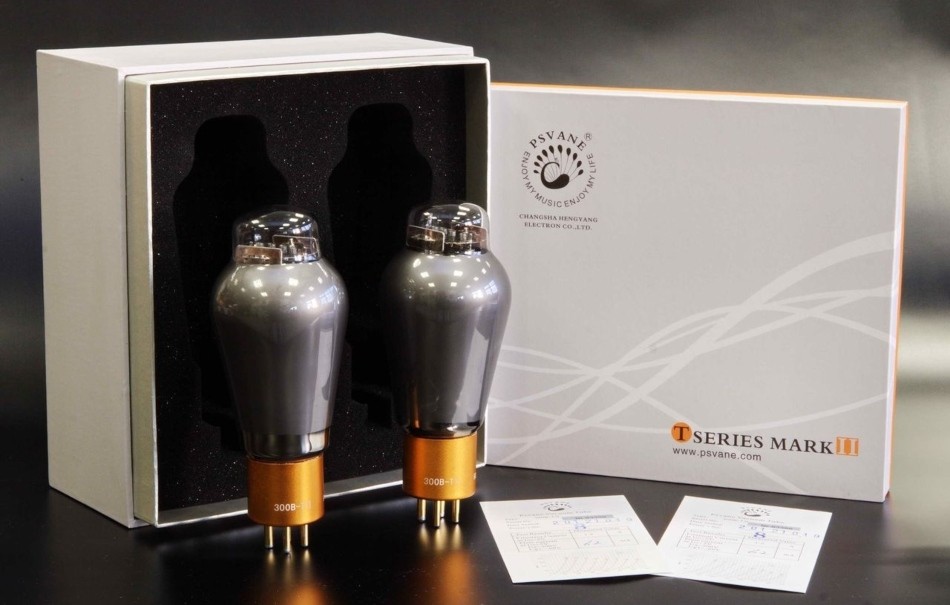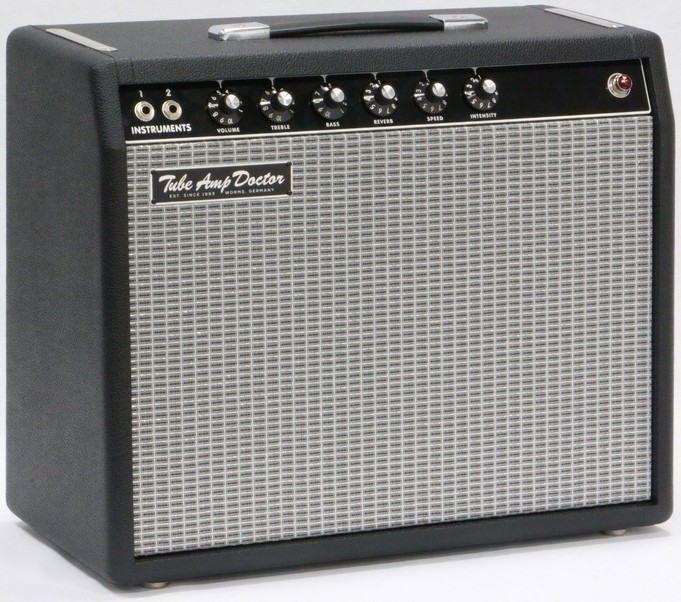When we talk about tube amplifiers for guitar and bass, we’re referring to big sounds and unparalleled tones. But why and how does the authentic tube sound actually come into being? We introduce the most important components of tube amps and also delve into the functioning of each component. The tube amplifier is a complex organism, but don’t worry: the basic operation is easily understandable even without an engineering degree!
General Information about Tube Amplifiers
Before we discuss the operation of the tube amplifier and take a closer look at its individual components, let’s first consider the overall context – the question: What exactly is an amplifier?
What is an amplifier, anyway?
Even though the question may seem strange, especially in the context of instrument amplifiers, it’s worth taking a closer look – many things that may seem clear require some explanation. In essence, a tube amplifier, whether it’s a Hi-Fi amp or a valve amplifier for electric guitar and bass, is an electronic device. Its task is to technically amplify a weak electrical impulse in order to output it at the end of the circuit with an increased level.
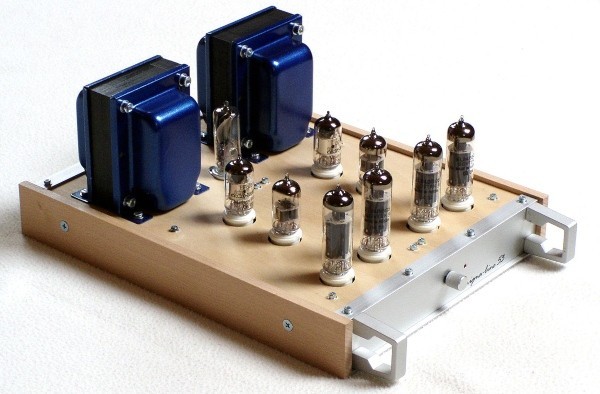
By the way: Speakers are usually receivers of this signal, but that’s not strictly necessary – think, for example, of direct outputs for recording, headphone jacks, etc.! However, while Hi-Fi tube amplifiers have the task of reproducing the incoming electrical impulse as faithfully as possible, valve amplifiers for electric guitar and bass have an additional task: they must give the signal a tone, a character. Through the complex interaction of individual components, a natural and, ideally, pleasant sound is created in the mix, which can be reproduced by a speaker. Amplifiers, especially in the instrumental context, function both as pure “level boosters” and as “tone shapers.”
But how does the quiet, low-level electrical impulse turn into the fat tube sound that we guitarists love so much? How does the tube amp achieve that? A look at its inner workings can provide insight:
How does a tube amp work – examining the individual components of the signal chain
To precisely describe the function of an amp, it makes sense to follow the signal path from the guitar until we arrive at the speaker at the end!
Excursion: Function of a Pickup
As it is relevant to the topic, here’s a very brief explanation of how the guitar’s pickup (the bass follows a similar principle) works:
Pickups consist of three central elements: a housing, a wire coil, and one (or more) magnets. The magnets and the coil create a magnetic field, which, through induction (pay attention, physics class!), generates a weak output signal.
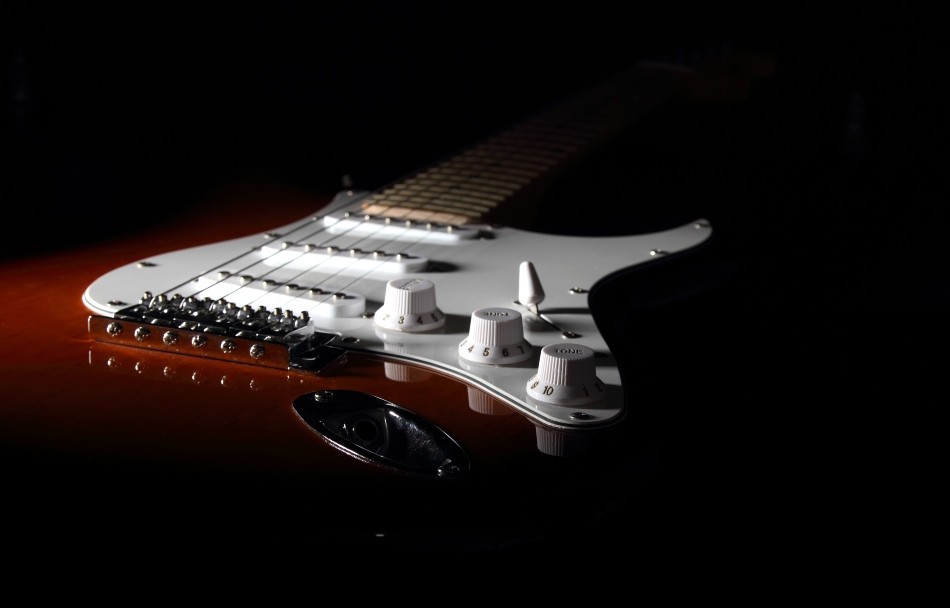
The metal string of the guitar, when struck, moves through the magnetic field and, through these vibrations, influences the generated current. This current is sent through a cable to the output jack of the guitar and from there, using an instrument cable, is sent to the input of the amplifier. This is where our journey begins!
Input Jack
At the input jack of the amplifier, the signal from the instrument cable is received. This electrical impulse is fundamentally a mono signal, operating only one channel and needs to be further processed or duplicated for later stereo playback.
The input jack is typically made of a highly conductive metal and occasionally (especially in the Hi-Fi sector) coated with precious metals to transmit the guitar signal with minimal loss.
By the way, whenever manufacturers talk about “lossless transmission,” this should be considered a marketing strategy – a minimal loss is always expected due to the physical resistances alone!
The electrical impulse is now forwarded from the input jack and prepared for the further journey – we move on to the preamp tubes!
Preamplifier
The still weak signal reaches the first tube stage and is now passed through the electron valves of the preamp. Here, the signal is amplified to be processed by other components such as equalizers, possibly effect loops, or tone controls in the further course. Explaining the structure of an electron tube is generally quite simple – however, its actual functioning can pose smaller mysteries even to experienced technicians. To amplify the electrical impulse, a cathode (essentially a small wire) is heated by a so-called heater (technically a voltage source) until it glows. When the wire glows, it emits electrons – these negatively charged particles move through the vacuum inside the valve and are somewhat drawn towards the positively charged anode.
On their way from the negatively charged cathode to the positively charged anode, the electrons pass through a negatively charged grid. This grid prevents the unrestricted flow of electrons. If the grid voltage is increased, the resistance also increases, affecting the output power. So, the glowing wire, the grid, and the anode collectively influence the signal strength that is passed on to the subsequent circuit. In the following part, this circuit consists of various components – it either goes directly into the power amplifier, or an effects unit is inserted in between. Let’s take another brief look:
Effects Loop
Many amplifiers have integrated effects units. Whether it’s the classic spring reverb, an equalizer, or other sound modulations – they are all controlled after the preamp. They can, if everything is working, further alter, adjust, and prepare the electrical impulse for final amplification by the power amplifier. Effects loops are so named because the signal is routed to an external effects device here and then returned before the power amplifier. This effects loop can be passive but is buffered actively in higher-quality applications. This means that often the output signal, and in any case, the returning effect signal can be adjusted to the required level by an amplifier stage in the amp.
However, the exact setup of an effects chain is highly individual. It is typically influenced by each guitarist themselves through different effect pedals. Just this much can be said: at the end of the chain, a modulated, altered, distorted, or otherwise influenced signal arrives at the power amplifier and finally wants to be heard.
Power Amplifier
The power amplifier also consists of one or more tubes. The types of tubes used vary depending on the manufacturer. Classic power amplifier tubes include EL84, 6L6, or KT88 tubes – each with its own characteristics. The power amplifier tubes take on the final power boost. An output transformer translates the tube’s output signal to a lower impedance level, often at 4, 8, or 16 ohms. Importantly, this separates the output side from the potentially dangerous high voltage of the power tubes. Now, the signal has the correct impedance and sufficient power to move the diaphragm of the speakers.
As with the preamp tubes, the input signal is amplified and passed on to the following components. However, this process doesn’t always go perfectly smoothly, thanks to the tubes – unlike in Hi-Fi tube amplifiers:
Excursion: Tube Saturation and Distortion
A particularly beloved feature of tube amplifiers is that signal amplification doesn’t always work perfectly – there are peaks and dips in performance, resulting in a distorted signal. The distortion from preamp and power amp tubes includes many overtones, unlike transistor amps, for example. These overtones make the sounds distorted by electron tubes sound more pleasant and organic to the human ear. And this is precisely the secret of the brilliant tube sound – it’s the overtones that arise when tubes are overdriven!
Signal Output
After the signal has taken a long journey from the guitar through the preamp, effects section, and power amp, it now reaches an output. Here, if everything is functioning correctly, the electrical impulse is taken out using a speaker cable and sent to the speakers. The rest is wonderful, fat tube sound!
Attention: The attentive reader has not overlooked that the electric impulse is initially passed through a cable and flows through a cable again at the end, albeit with a significantly increased signal strength. Therefore, these cables must be different from each other! When purchasing an amplifier, it is essential to ensure that it is a genuine speaker cable. A simple instrument cable is not suitable for this purpose.
This is how tube amps work
The interplay between technology and art: The technical functioning of a tube amplifier can be well explained. However, it’s the selection and interaction of individual components that ultimately shape the sound. In particular, the choice of tubes and their settings, as well as the speakers, are responsible for the most noticeable differences. We hope we have provided a clear explanation of the function of Hi-Fi tube amplifiers and tube amplifiers for guitars and wish you a lot of fun in the world of tube amps!
___________________________________________________________________________________________________________________________
Image sources:
Title image: © Friends Stock – stock.adobe.com
Push-Pull Stereo HiFi Tube Amplifier: © Settembrini – https://creativecommons.org/licenses/by-sa/3.0/ – de.wikipedia.org/
Lying electric guitar: © Zerophoto – stock.adobe.com
 Tubeampdoctor Magazin
Tubeampdoctor Magazin
